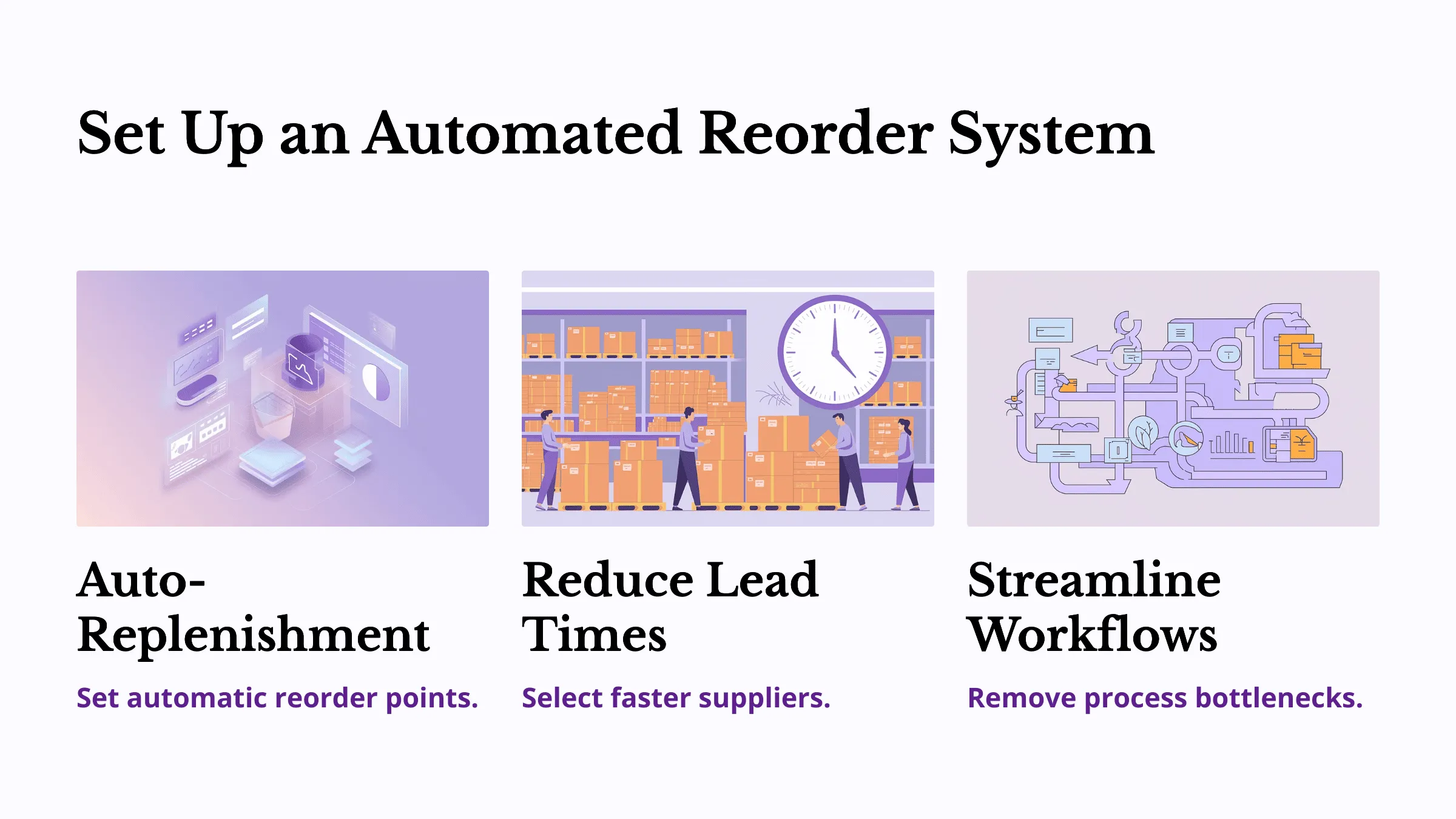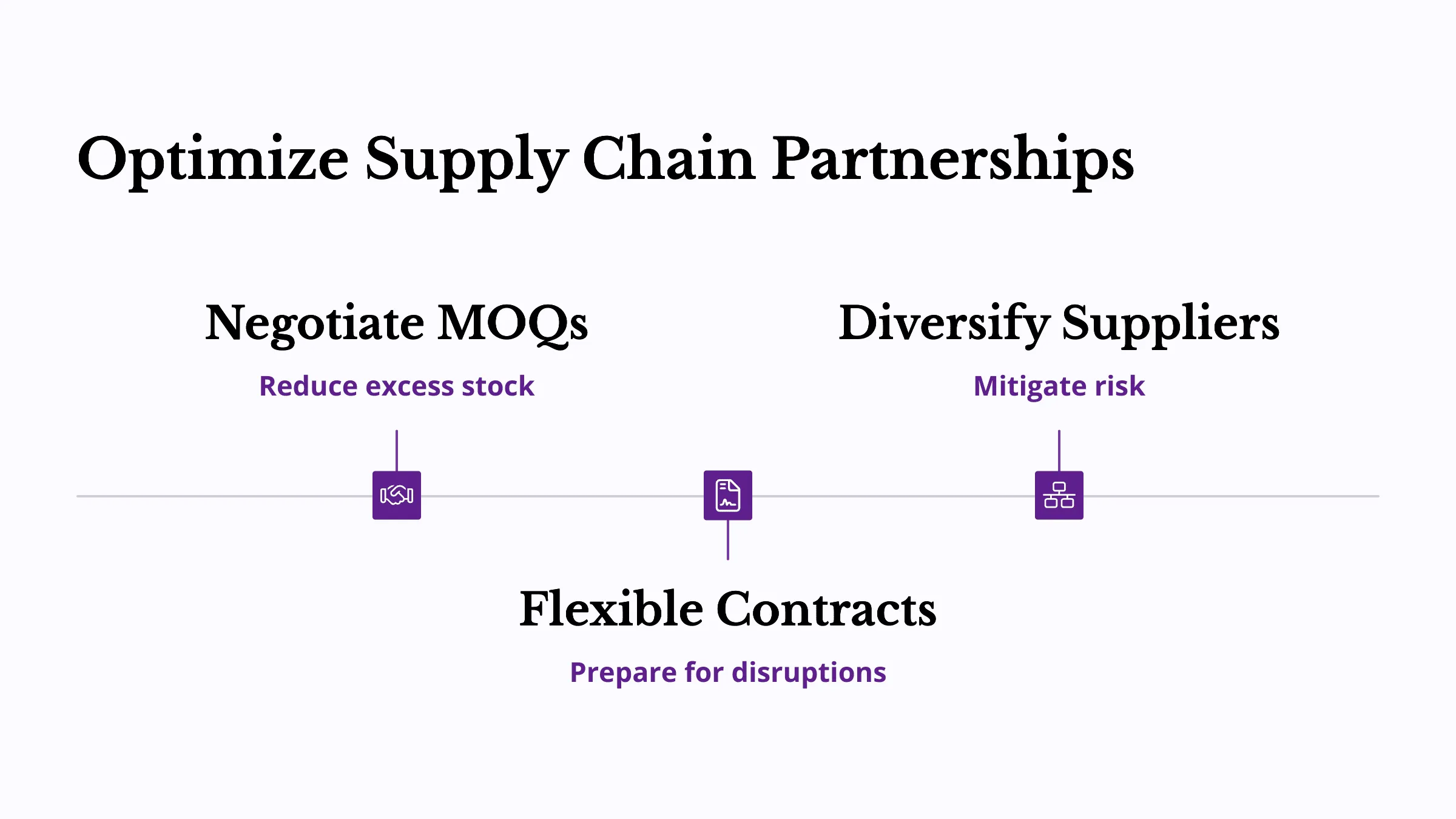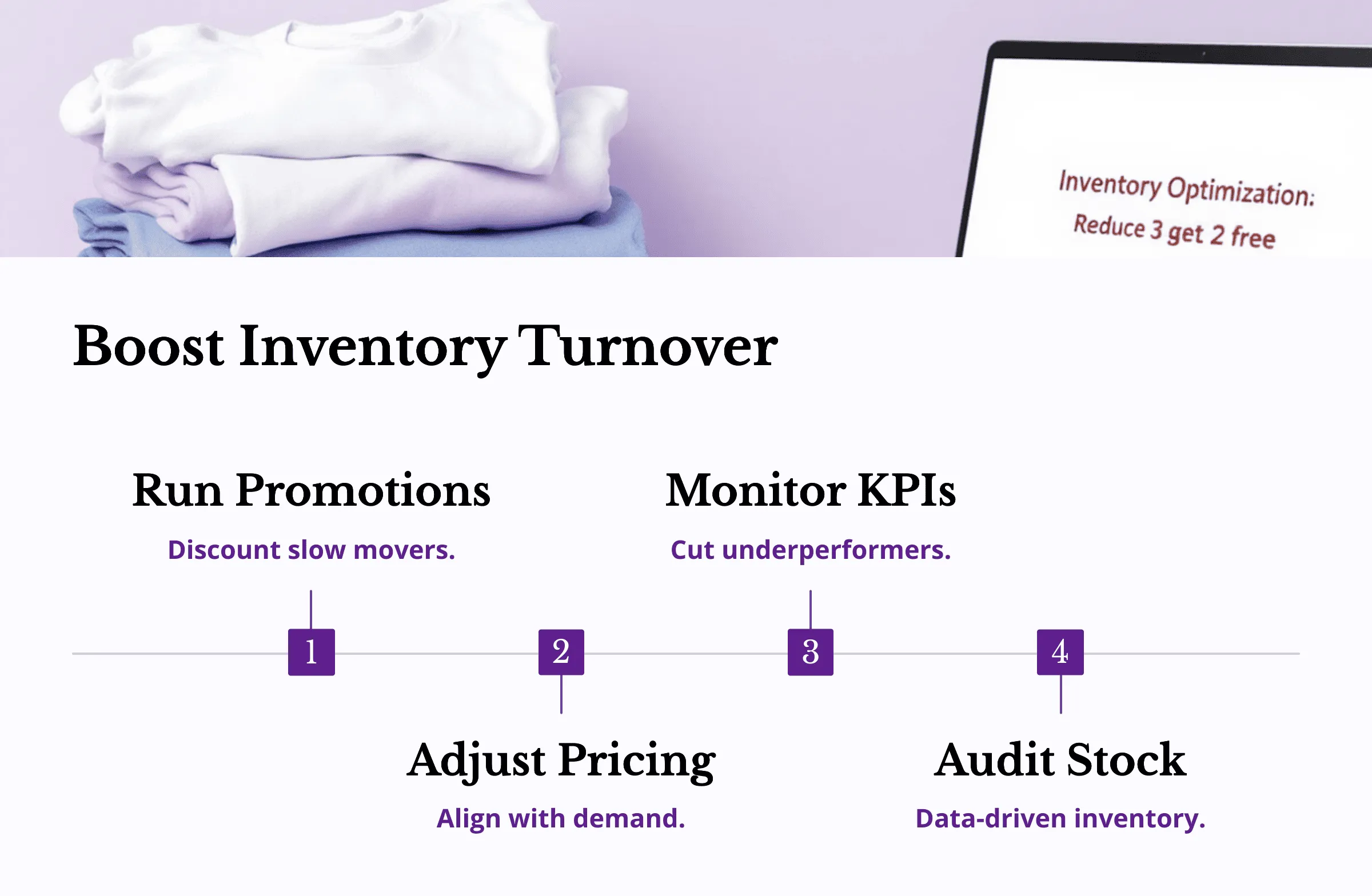Amazon Seller Central inventory management is the key to avoiding stockouts and sustaining smooth operations. Learn 6 effective strategies to manage inventory efficiently and boost long-term performance.

Amazon Seller Central inventory management is essential for avoiding stockouts, maximizing FBA performance, and maintaining high customer satisfaction on Amazon. Stockouts can lead to lost rankings, decreased conversions, and damaged seller credibility. In this guide, we break down 6 actionable strategies to help sellers prevent stockouts and ensure smooth operations year-round.
Table of Contents
- Use Amazon FBA Inventory Management Tools
- Forecast Seasonal Trends and Sales Demand
- Set Up an Automated Reorder System
- Sync Multichannel Inventory and Maintain Backup Stock
- Optimize Supply Chain Partnerships
- Improve Inventory Turnover Rates
1. Use Amazon FBA Inventory Management Tools
Even when using Fulfillment by Amazon (FBA), improper planning can lead to stockouts. Amazon offers powerful tools within Seller Central to help you manage inventory:
- Inventory Reports: Analyze sales velocity and predict stock depletion dates.
- Inventory Planning Tool: Monitor inventory levels and predict reorder times.
- Inventory Performance Index (IPI): A key metric that reflects inventory health. Higher IPI scores lead to lower storage costs and better FBA support.
Improve your IPI score by reducing excess inventory, restocking fast-moving items regularly, and optimizing sales through discounts, bundling, and advertising campaigns.

2. Forecast Seasonal Trends and Sales Demand
Anticipate demand spikes during seasonal events like Black Friday or Christmas by analyzing historical data:
- Review past sales data to forecast upcoming demand.
- Use Amazon’s Inventory Forecasting Tool for data-driven restock planning.
- Study market trends and competitor behavior to adjust inventory accordingly.
Accurate forecasting ensures you’re always prepared for high-traffic seasons.

3. Set Up an Automated Reorder System
Avoid manual stock checks by automating the reorder process:
- Auto-Replenishment Tools: Automatically reorder stock when it hits a preset threshold.
- Reduce lead times by collaborating closely with suppliers.
- Streamline purchase workflows to reduce delays and processing errors.
Automation saves time and minimizes human error in inventory planning.

4. Sync Multichannel Inventory and Maintain Backup Stock
For sellers using multiple platforms (Amazon, Shopify, eBay, Walmart), maintaining real-time inventory visibility is essential:
- Multichannel Inventory Syncing: Avoid overselling by updating inventory across all sales channels.
- Implement FBM as a backup: Fulfill some orders via Fulfillment by Merchant to reduce FBA dependency.
- Keep safety stock to cover unexpected delays or demand spikes.
Cross-platform inventory control helps maintain availability and improves customer experience.

5. Optimize Supply Chain Partnerships
Strong supplier relationships and a streamlined supply chain reduce the risk of stockouts:
- Negotiate reasonable MOQs to avoid excess stock.
- Establish flexible contracts that account for lead time and delivery delays.
- Diversify suppliers to avoid overdependence and mitigate risks.
Secure long-term agreements and multiple sourcing options to build resilience into your supply network.

6. Improve Inventory Turnover Rates
Maximizing turnover minimizes dead stock and storage fees:
- Run discounts and bundle deals to move stagnant inventory.
- Launch time-sensitive promotions to drive seasonal purchases.
- Use pricing optimization tools to align inventory with customer demand.
- Track inventory turnover rate and discontinue underperforming SKUs.
Amazon Seller Central provides real-time data to help you respond with agile pricing and promotional strategies.
Regular inventory audits, coupled with data-driven restocking decisions, form the backbone of strong Amazon Seller Central inventory management. Sellers who stay proactive with their inventory strategies are less likely to face penalties, delayed shipping, or loss of Buy Box opportunities.

Final Thoughts: Prevent Stockouts with Smart Inventory Strategies
Amazon Seller Central inventory management requires strategic planning and ongoing monitoring to prevent stockouts. Use FBA inventory tools, automate restocking, forecast demand, and diversify your supply chain to ensure consistent availability.
Amazon Seller Central inventory management is the foundation of a profitable business. Sellers who master these six strategies are better positioned to avoid lost sales, protect their rankings, and meet customer expectations—day after day.
8. 6 Key Differences Between Amazon FBA and FBM: Which Fulfillment Method Should You Choose?